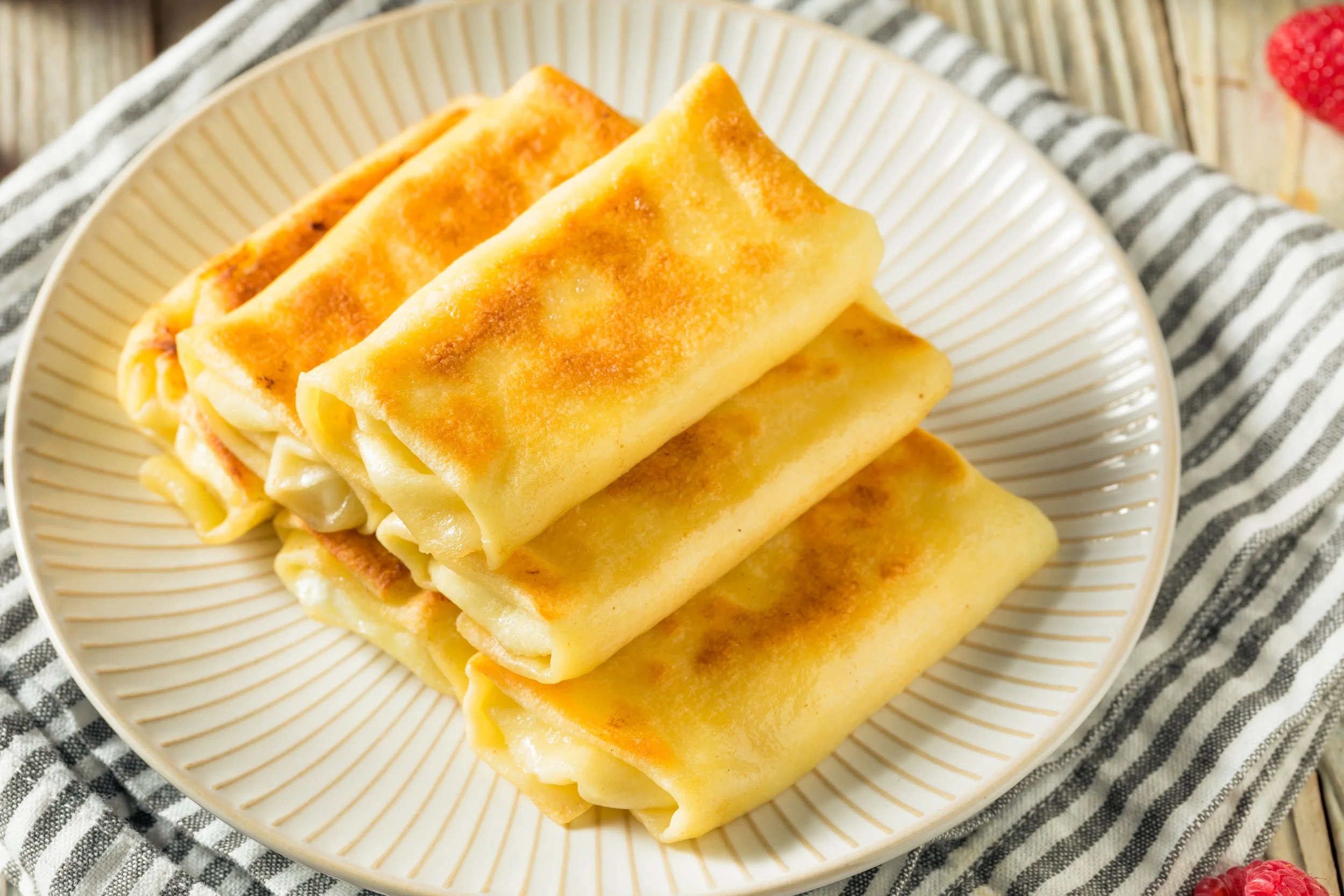Shavuot
The Feast of Weeks
Observed in May or June
Greeting:
Chag Sameach!
(Happy Holiday!)
What is Shavuot?
Originally, Shavuot marked the beginning of the grain harvest in Israel, when the first fruit offerings of the summer wheat crop were brought to the Temple. Modern Shavuot celebrations traditionally consider this day the anniversary of God’s gift of the Torah to the Jewish people.
What is the background of Shavuot?
Shavuot was one of three pilgrimage feasts, requiring all Israelite men to present themselves at the Temple in Jerusalem. Not only was this a day to celebrate the grain harvest, it was also a time to rejoice in the Lord and remember how He delivered the Hebrews from bondage in Egypt.
Over time, the focus of Shavuot shifted as Jewish life became increasingly urban and less agricultural. Following the failed Bar Kochba revolt, the Sanhedrin convened in A.D. 140 and decided to divert the focus of Shavuot from agriculture to God’s giving of the Torah on Mount Sinai. Like Shavuot, this historical event took place in the third month of the year (Exodus 19:1).
Since this decision, the giving of the Law and the birth of Judaism have become the dominant motifs of Shavuot.
Shavuot = Pentecost
In Greek, Shavuot is known as Pentecost, because it occurs 50 days after the Feast of Firstfruits. Shavuot also takes place seven weeks after Passover, concluding the season of spring feasts. Shavuot is the last holy day until autumn.
How is Shavuot celebrated today?
In honor of Shavuot’s emphasis on the harvest, it is customary to decorate synagogues with greenery and floral arrangements. According to tradition, the greenery is also a reminder that Mount Sinai was at one time covered with green trees and grass.
Many synagogues (especially Reform synagogues) also hold Shavuot confirmation services for their teenage youth to recognize their childhood studies and confirm their commitment to live according to Mosaic Law.
Shavuot occurs at the end of the barley harvest and the beginning of the summer wheat harvest, so it is traditional to read the book of Ruth, a story that takes place during the barley harvest. Furthermore, Ruth was a Moabitess who willingly embraced the God of Israel and His Law, the Torah, which ties in with the Torah-giving theme.
What are traditional Shavuot foods?
It has become traditional to eat dairy foods during Shavuot. Rabbis have related this practice to Scripture’s description of the Law as being like milk and honey to the soul.
Cheesecake is one popular dish. Another is cheese blintzes, pancakes that are rolled up with cheese filling and fried in a skillet. A similar traditional food is cheese kreplach – triangular pockets of dough stuffed with cheese.
Similar to the weekly Shabbat (Sabbath) observance, it is also customary to bake two loaves of challah on Shavuot. The two loaves represent the bread that was offered in the Temple, as well as the two tablets of the Law that Moses received on Mount Sinai.
What is Shavuot’s significance for believers?
In the Scriptures, God mandated three pilgrimage feasts for the Jewish people: Passover, Shavuot, and Sukkot. Passover and Shavuot are both tied to important gospel events!
First, Jesus and His disciples observed the Last Supper during Passover, the same night Jesus was arrested. His death and resurrection occurred soon after.
Second, in Acts 2, fifty days after Passover, God gave the gift of the Holy Spirit on Pentecost – the Greek name for Shavuot. On that day, people from all over the known world – “Parthians, Medes, and Elamites, and residents of Mesopotamia, Judea, and Cappadocia, Pontus and Asia, Phrygia and Pamphylia, Egypt and the parts of Libya around Cyrene, and visitors from Rome, both Jews and proselytes, Cretans and Arabs” (Acts 2:9–11) – heard the gospel proclaimed, each in their native language.
When we see Old and New Testament events tying together in this way, it reminds us of God’s faithfulness in fulfilling His promises. For believers in Jesus, Shavuot/Pentecost is an opportunity for us to give thanks to God for sending us the Holy Spirit, the Helper Jesus promised in John 14:26. What better way to give thanks than to share the Good News with someone in your life?




